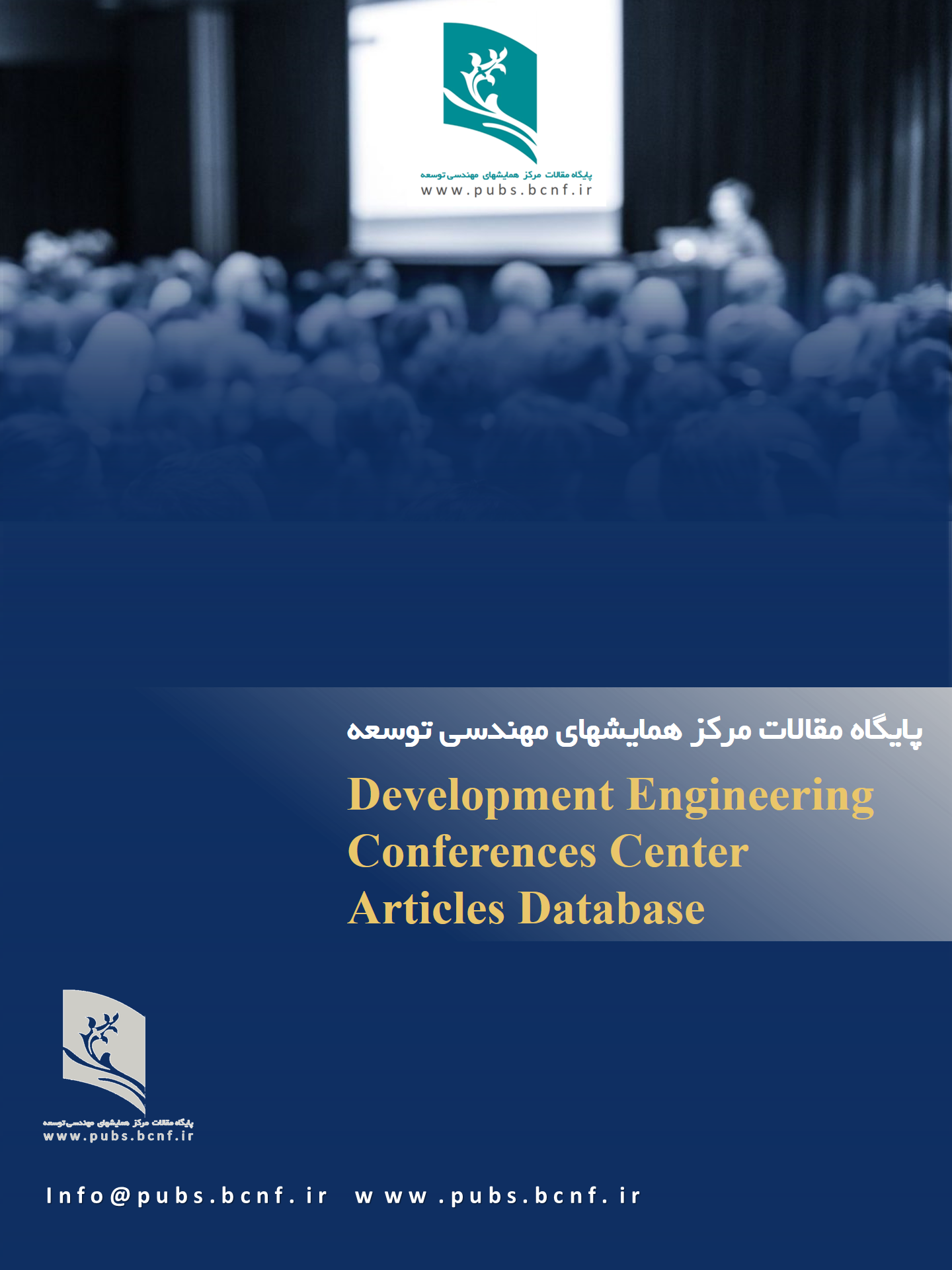Discovery of a new c.1834dup variant in a boy individual presenting with the POMGNT1-associated muscular dystrophy-dystroglycanopathy
DOI:
https://doi.org/10.5281/zenodo.17093978Keywords:
POMGNT1, Muscular dystrophy-dystroglycanopathy, Next generation sequencing (NGS)Abstract
Muscular dystrophy-dystroglycanopathy refers to a group of autosomal recessive neurodegenerative disorders resulting from homozygous or compound heterozygous mutations in the gene encoding POMGNT1 O-mannose β-1,2-N-acetylglucosaminyltransferase. The clinical presentation of this form of muscular dystrophy typically includes early-onset muscle weakness, gait ataxia, microcephaly, and growth delay. A case study was conducted on an 8-year-old Iranian male displaying symptoms such as microcephaly, seizures, hydrocephalus, cerebellar abnormalities, glaucoma, growth delay, and lissencephaly. The parents of the affected child were found to be heterozygous for the POMGNT1 gene. Within the scope of this investigation, a novel duplication (dup1834c) was identified in exon 21 of the POMGNT1 gene. The presence of dup1834c in the POMGNT1 gene was verified through Sanger sequencing in the affected individual and other family members affected by the disease.
Downloads
References
[1] Politano L, Santorelli FM. Editorial for the Genetics of Muscular Dystrophies from the Pathogenesis to Gene Therapy Special Issue. MDPI; 2023. p. 926.
[2] Bindoff L, Gilhus NE. The genetic basis of muscle disease. Tidsskrift for den Norske Laegeforening: Tidsskrift for Praktisk Medicin, ny Raekke. 2003;123(18):2588-92.
[3] Liao Q, Zhang Y, He J, Huang K. Global prevalence of myotonic dystrophy: an updated systematic review and meta-analysis. Neuroepidemiology. 2022;56(3):163-73.
[4] Soltanzadeh P. Myotonic dystrophies: a genetic overview. Genes. 2022;13(2):367.
[5] Misra AK, Nanda S, Mukherjee J, Kumar S, Agasti N. Myotonic Dystrophy Type 1–An Atypical Presentation Having Symmetric Parkinsonism and Early Proximal Muscle Involvement. Annals of Indian Academy of Neurology. 2023;26(2):201-3.
[6] Guruju NM, Jump V, Lemmers R, Van Der Maarel S, Liu R, Nallamilli BR, et al. Molecular diagnosis of facioscapulohumeral muscular dystrophy in patients clinically suspected of FSHD using optical genome mapping. Neurology: Genetics. 2023;9(6):e200107.
[7] Mul K. Facioscapulohumeral muscular dystrophy. CONTINUUM: Lifelong Learning in Neurology. 2022;28(6):1735-51.
[8] Fecek C, Emmady PD. Facioscapulohumeral muscular dystrophy. 2020.
[9] Taniguchi-Ikeda M, Morioka I, Iijima K, Toda T. Mechanistic aspects of the formation of α-dystroglycan and therapeutic research for the treatment of α-dystroglycanopathy: A review. Molecular aspects of medicine. 2016;51:115-24.
[10] Song D, Dai Y, Chen X, Fu X, Chang X, Wang N, et al. Genetic variations and clinical spectrum of dystroglycanopathy in a large cohort of Chinese patients. Clinical genetics. 2021;99(3):384-95.
[11] Patel A, Cui R, Odom JV, Leys M. Case Series on Autosomal Recessive Non-Syndromic Retinitis Pigmentosa Caused by POMGNT1 Mutations with a Report of a New Variant. Journal of Clinical Medicine. 2023;12(24):7549.
[12] Kondo Y, Okajima T. Inhibitory machinery for the functional glycosylation of dystroglycan. Journal of Biochemistry. 2023:mvad003-mvad.
[13] Okuma H, Hord JM, Chandel I, Venzke D, Anderson ME, Walimbe AS, et al. N-terminal domain on dystroglycan enables LARGE1 to extend matriglycan on α-dystroglycan and prevents muscular dystrophy. elife. 2023;12:e82811.
[14] Quereda C, Pastor À, Martín-Nieto J. Involvement of abnormal dystroglycan expression and matriglycan levels in cancer pathogenesis. Cancer Cell International. 2022;22(1):395.
[15] Villones Jr LL, Ludwig A-K, Kumeta H, Kikuchi S, Ochi R, Aizawa T, et al. Exploring the In situ pairing of human galectins toward synthetic O-mannosylated core M1 glycopeptides of α-dystroglycan. Scientific reports. 2022;12(1):17800.
[16] Imae R, Kuwabara N, Manya H, Tanaka T, Tsuyuguchi M, Mizuno M, et al. The structure of POMGNT2 provides new insights into the mechanism to determine the functional O‐mannosylation site on α‐dystroglycan. Genes to Cells. 2021;26(7):485-94.
[17] Povolo L, Tian W, Vakhrushev SY, Halim A. Global view of domain-specific O-linked mannose glycosylation in glycoengineered cells. Molecular & Cellular Proteomics. 2024:100796.
[18] Gaertner A, Burr L, Klauke B, Brodehl A, Laser KT, Klingel K, et al. Compound Heterozygous FKTN Variants in a Patient with Dilated Cardiomyopathy Led to an Aberrant α-Dystroglycan Pattern. International Journal of Molecular Sciences. 2022;23(12):6685.
[19] Wood A, Lin C, Li M, Nishtala K, Alaei S, Rossello F, et al. FKRP-dependent glycosylation of fibronectin regulates muscle pathology in muscular dystrophy. Nature Communications. 2021;12(1):2951.
[20] Kuwabara N, Imae R, Manya H, Tanaka T, Mizuno M, Tsumoto H, et al. Crystal structures of fukutin-related protein (FKRP), a ribitol-phosphate transferase related to muscular dystrophy. Nature communications. 2020;11(1):303.
[21] Ortiz-Cordero C, Bincoletto C, Dhoke NR, Selvaraj S, Magli A, Zhou H, et al. Defective autophagy and increased apoptosis contribute toward the pathogenesis of FKRP-associated muscular dystrophies. Stem Cell Reports. 2021;16(11):2752-67.
[22] Kuwabara N, Manya H, Yamada T, Tateno H, Kanagawa M, Kobayashi K, et al. Carbohydrate-binding domain of the POMGnT1 stem region modulates O-mannosylation sites of α-dystroglycan. Proceedings of the National Academy of Sciences. 2016;113(33):9280-5.
[23] Xu C, Zhang M, Bian L, Li Y, Yao Y, Li D. N-glycosylated SGK196 suppresses the metastasis of basal-like breast cancer cells. Oncogenesis. 2020;9(1):4.



